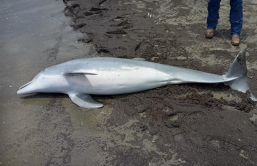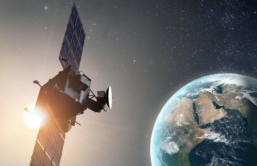Researchers determined that man-made chemicals from China disturb the Pacific storm track, this can influence weather in almost every region of the world.
The team made their findings by comparing air pollution rates from between the years of 1850 and 2000, a Texas A&M University news release reported.
Through making these comparisons the researchers found that anthropogenic (man-made) aerosols influenced "cloud formations and mid-latitude cyclones associated with the Pacific storm track," the news release reported.
"There appears to be little doubt that these particles from Asia affect storms sweeping across the Pacific and subsequently the weather patterns in North America and the rest of the world," Renyi Zhang of Texas A&M's Department of Atmospheric Sciences said in the news release. "The climate model is quite clear on this point. The aerosols formed by human activities from fast-growing Asian economies do impact storm formation and global air circulation downstream. They tend to make storms deeper and stronger and more intense, and these storms also have more precipitation in them. We believe this is the first time that a study has provided such a global perspective."
Researchers have also found that atmospheric aerosols affect climate by either scattering solar radiation or absorbing it. This, along with the particle's influence of cloud formation, can interfere with atmospheric circulation in certain regions or even across the entire globe.
The Pacific storm track transports heat and moisture, which influences global circulation. The researchers noticed the heat and moisture present in the lower storm system has significantly increased as a result of Asian pollution.
Our results support previous findings that show that particles in the air over Asia tend to affect global weather patterns," Zhang said. "It shows they can affect the Earth's weather significantly."








